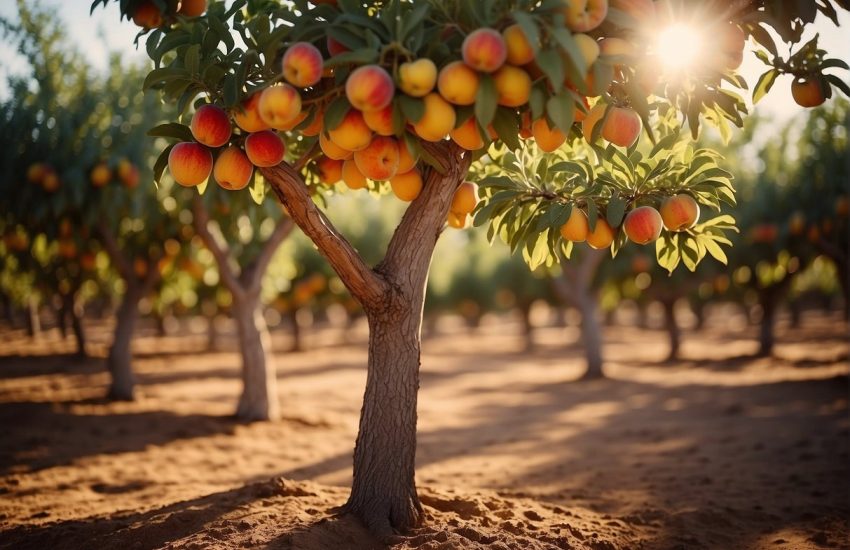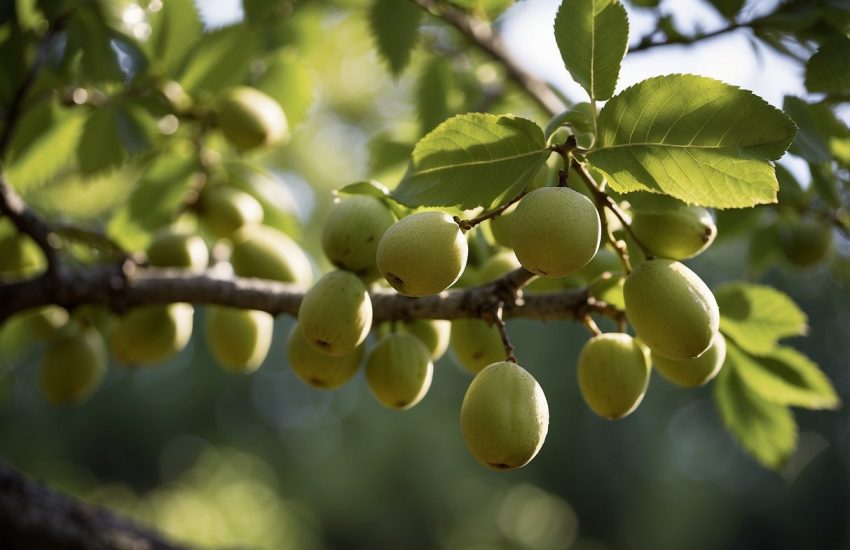7 Best Fig Trees To Grow In Florida
The ancient Greeks grew figs Ficus carica, which were prized for their energy and delicious taste.
Here is the list of Best figs for Florida
Brown Turkey Fig Tree

Have you ever enjoyed fresh or dried figs with a special recipe? There’s no need to pay high prices for trees at the grocery store when you can grow them yourself!
Brown Turkey Figs (Ficus carica ‘Brown Turkey’) carry two crops of delightful fruit each year. The fruit’s flesh is blush pink with purple to rusty-red skin.
Spring to early summer marks the arrival of the first crop of breba. In early fall, you will receive the biggest crop.
Plant Brown Turkey Fig in warmer zones with warm climates. If you live in a colder zone or have limited space, plant your tree in a large container.
It is possible to grow Brown Turkeys in containers on your deck, patio, or balcony! In addition, it tolerates urban conditions very well, so you can eat fresh fruit in the city center.
Black Mission Fig Tree
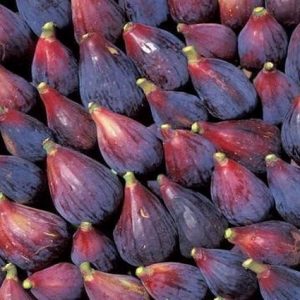
Fiddle with your fiddle! Growing your own fruit is easy with the Black Mission Fig Tree (Ficus carica ‘Mission’). There are two harvests each year from this prolific tree.
It’s so nice to run out to your tree and pick almost fresh figs to snack on, bake with, and use in everything! Your food will have lived a long and successful life.
These Figs are easy to grow and grow well. The best zones to grow it in are warmer zones with cooperative climates. In colder climates, plant your Black Mission Fig in containers.
Low maintenance is required for the Black Mission Fig variety. Trees like this can be grown by anyone without a green thumb. They don’t require a lot of maintenance to keep looking their best.
All it requires is to be planted in a well-drained soil, then watered evenly.
Known as the most abundant species of fig, the Black Mission Fig Tree produces year after year. The sweet, jammy fruit is bursting with flavor.
Celeste Fig Tree

The Celeste Fig (Ficus carica ‘Celestial’) is one of the most widely planted fig trees in the United States and for good reason. “Sugar Fig” Fig trees produce such delicious fruit that they are sometimes referred to as “Sugar Figs”.
The summer fruit it produces has a smooth, buttery texture and flavor, earning it its nickname. Fruits are not only delicious, but also beautiful to look at.
The inside of the fruit is strawberry-like, with rose-colored flesh. Celeste figs can be eaten fresh as a tasty treat. Eat all of it! You don’t need to peel it! In addition to storing well and making snacking easy, the fruit dries perfectly.
A specimen of this tree is impressive in itself. Summer is the perfect time to enjoy the distinctive foliage on the Fig Tree. There is something so lovely about the tropical shape of the leaves, as well as the look of the branches.
Chicago Hardy Fig Tree

As soon as you decide to venture into epicurean edible gardening, you will never want to go back! Watching the ripening of your very own homegrown crop on your balcony, your patio or along the row of your fruit trees is a very satisfying experience.
Fig trees grow in a cold-hardy climate. You will enjoy a bounty of delicious fruit starting late in the summer, as they produce an abundant crop of tasty figs. There is another absolutely gorgeous fig tree which is the Chicago Hardy Fig tree (Ficus carica ‘Chicago Hardy’).
The Chicago Hardy Fig turned out to be a small shrub or tree with distinct leathery, dark green, three-fingered leaves that were very attractive. I have never seen such gigantic leaves before – some of these are as long as 10 inches!
Their Mediterranean look will transform Northern gardens into some of the most idyllic spots in the world. You can imagine how sophisticated and pleasing it would be in your outdoor space if you placed a containerized pairing or trio of containers.
This particular variety comes from the greater Chicago area and has earned the name Bensonhurst Purple Fig because it grows vigorously and is robust. In spite of the harsh winter you just had, you can enjoy the plentiful harvest of this region…even if you live further south.
Osborne Prolific Fig Tree
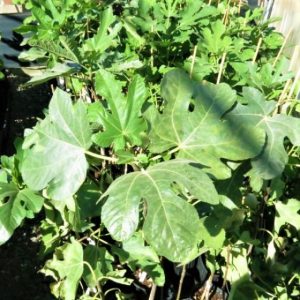
The figs are everywhere! You’ll feel it when you plant our Osborne Prolific Fig Trees (Ficus carica ‘Osborne Prolific’)!
Growing two bumper crops of sweet, plump and delicious figs every year means not only a bumper crop but two bumper crops!
Despite its cold-hardiness, this tree consistently bears two fruits each year: the first on the old wood each spring, and the second on the new wood in the fall!
When spring arrives, enjoy the red-hued, purplish-brown, purple-skinned fruit so abundant on your Fig tree.
These large Figs are amber-colored with pink blushes and have a delicious, sweet flavor!
In time for the summer barbecue and picnic season, spring brings a bounty of tasty gems! You’ll be eagerly anticipating the fall harvest as soon as the spring crop is gone – just in time for holidays baking and jam-making!
LSU Purple Fig Tree
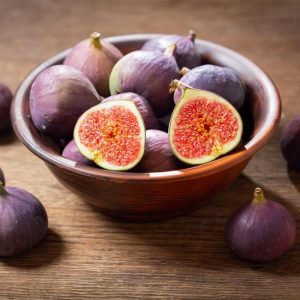
You can’t go wrong with the LSU Purple Fig Tree if you’re looking for a tree that produces super-sweet fruit with little effort.
Its disease resistance and delicious fruits make the LSU Purple Fig a great choice for those who want easy growth and the promise of harvests at home.
LSU Figs begin to bear fruit in the second year! LSU Purple Figs, however, are capable of setting small crops of figs in their second or third year of maturity whereas most fig trees take four to five years to fully mature and set fruit.
You could also get fruit even in the very first growing season with our larger sizes.
You can enjoy figs year-round, whether you are inside or outside.
LSU Purple Fig trees have three distinct fruiting seasons: an early spring crop, a large main crop in July, and a fall or winter crop.
Eat these sweet, healthy figs year-round, dry them for storage, or make jam and preserves with the fruit. This lovely plant grows in containers and thrives wherever you place it…possibly even on the floor. Despite humid and hot conditions, it grows well in the Southeast.

